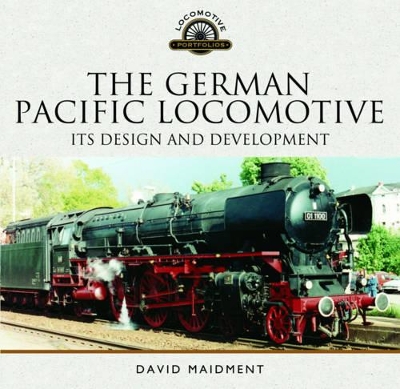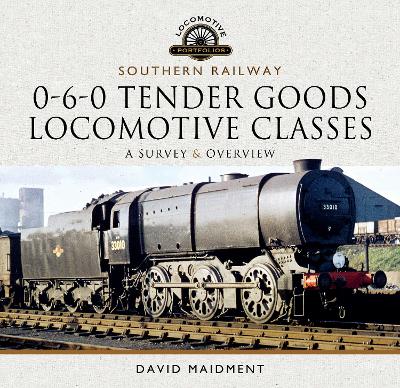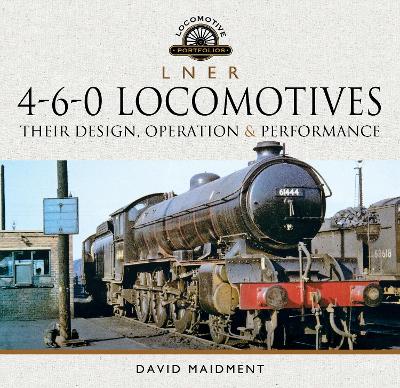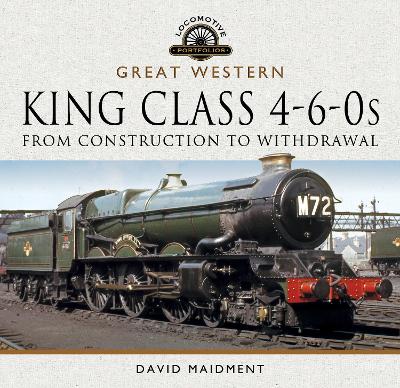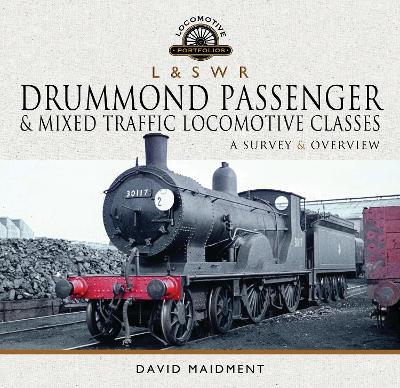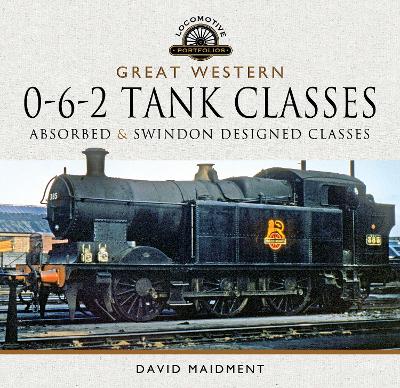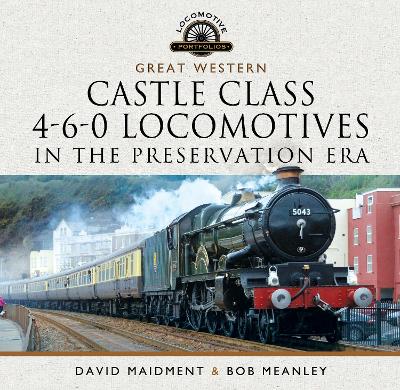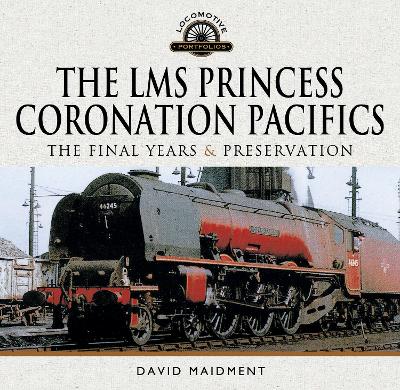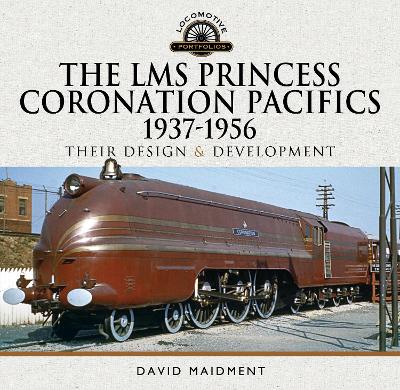Locomotive Portfolio
13 total works
The German Pacific Locomotive: Its Design and Development
by David Maidment
After addressing the devastating damage to the German railways in the conflict, the book follows the modernisation of the locomotive fleet in the post-war period until the elimination of steam in both East and West Germany in the mid-late 1970s. The book describes the design, construction and operation of the full range of pacifics that ran in both parts of Germany, and the large numbers of these locomotives that have been preserved, and is illustrated with over 180 black and white and 80 colour photos.
The Southern Railway had a rich and varied number of 0-6-0 tender goods classes, originating from all three former main line pre grouping companies, many of them lasted until the late 1950s and early 1960s.
Many of the older Victorian and Edwardian classes of locomotive taken over in 1923, did not last very long with the new company, but are covered here for historical and modelling interest.
L & S W R Drummond Passenger and Mixed Traffic Locomotive Classes
by David Maidment
He was quite unlike William Adams his predecessor, who was a mild mannered gentleman, well liked by the staff of the L & S W R, Drummond was a martinet and rough by comparison, who was at times hard to reason with.
As a result of his stubborn nature, he died early after an accident that scalded his feet, having refused to have proper treatment.
His locomotives were a mixed proposition of good bad and indifferent, his 4-4-0 tender and 0-4-4 tank classes being very good, however his 4-6-0 tender locomotives were another proposition, proving to be a disappointment except the T14 class which lasted in service until 1951.
Many of his 4-4-0 tender and 0-4-4 tank locomotives, the T9 and M7 classes, lasted until the early 1960s on British Railways and examples are preserved in the National Collection and on the Swanage Railway.
Great Western Castle Class 4-6-0 Locomotives - The Final Years 1960- 1965
by David Maidment
Four-Coupled Tank Locomotive Classes Built by the Great Western Railway
by David Maidment
Great Western Castle Class 4-6-0 Locomotives in the Preservation Era
by David Maidment
The LMS Princess Coronation Pacifics, The Final Years & Preservation
by David Maidment
